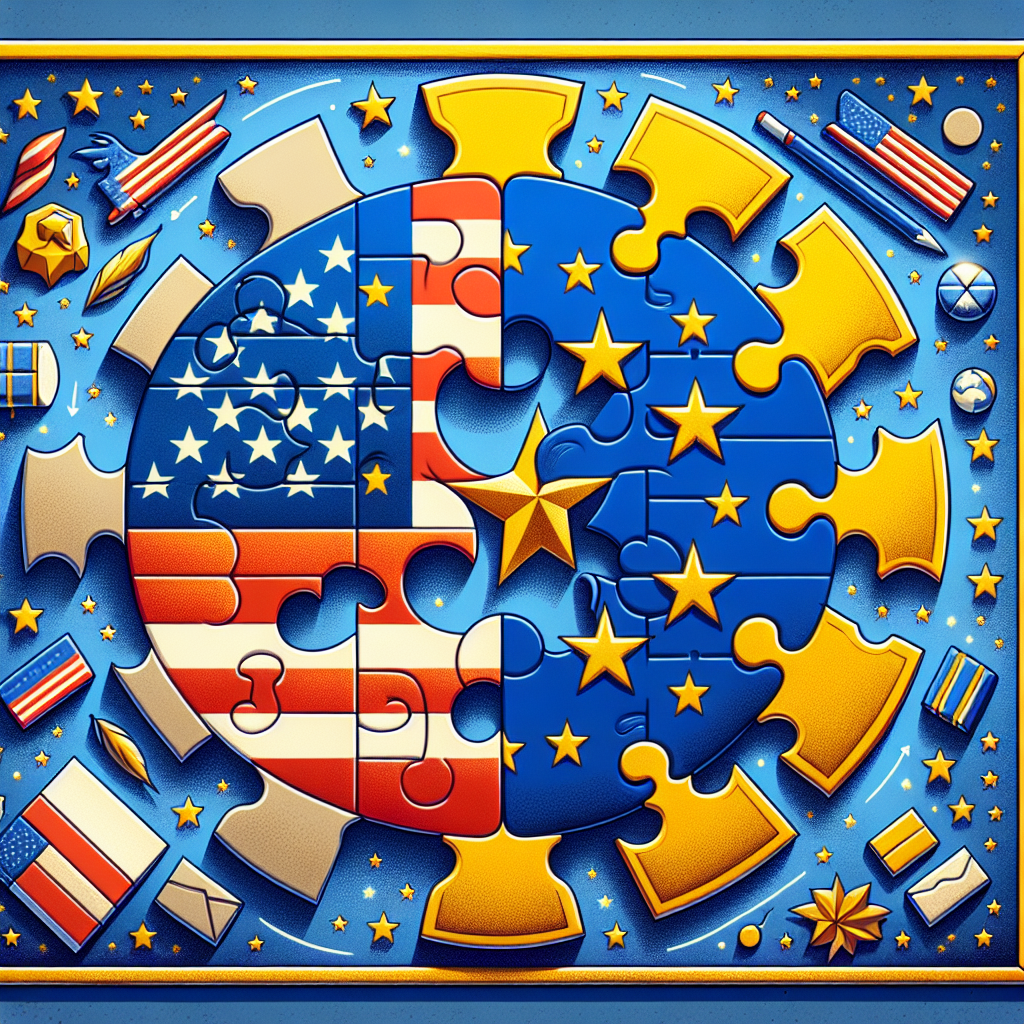The United States and the European Union have reached a framework trade agreement on Sunday (July 27th). Leaders from both the US and EU have stated that this agreement will put an end to the uncertainty faced by various industries and consumers over the past few months.
According to information provided by EU officials and a speech by the President of the European Commission, von der Leyen, Reuters has summarized some key points of the US-EU agreement.
Benchmark Tariff Rates:
The vast majority of goods traded between the US and EU will be subject to a benchmark tariff rate of 15%. This 15% tariff is a maximum limit and will not be stacked on top of existing rates.
Automobiles:
The US will impose a 15% tariff on European cars and auto parts imported into the US, as opposed to the current 27.5% tariff.
Pharmaceuticals and Semiconductors:
Von der Leyen announced on Sunday that the 15% tariff rate would also apply to pharmaceuticals and semiconductors from the EU. Prior to the implementation of new global tariff rates for these industries through the Section 232 trade investigation, pharmaceuticals and microchips could face a 0% tariff in a few weeks in the US. Regardless of how broad the final global tariff scope is, the tariff on drugs and microchips imported from Europe will not exceed 15%.
Wood and Copper:
Tariffs will be imposed on these industries once the Section 232 investigations in the US are completed. However, the tariffs on European wood and copper will not exceed 15%.
Steel and Aluminum:
Although the US-EU trade agreement temporarily maintains a 50% tariff on EU steel and aluminum imports, von der Leyen mentioned that in order to reduce barriers between the EU and US, the steel and aluminum tariffs will be reduced, eventually implementing a quota system.
According to Reuters, European steel exports falling within the agreed quota range will enjoy the Most Favored Nation tariff rate as per WTO rules, which is lower and sometimes even zero, depending on the steel grade. Excess steel exports beyond the quota will face a 50% tariff.
Zero Tariffs:
The US and EU have agreed to implement zero tariffs on certain strategic products, including all aircraft and aircraft parts, certain chemicals, some generic drugs, semiconductor equipment, certain agricultural products, natural resources, and key raw materials. Von der Leyen mentioned that the US and EU will continue efforts to add more products to this list.
Wine and Spirits:
Tariff rates on wine and spirits have been a point of contention between the US and EU, with specific rates yet to be determined.
Strategic Purchases:
The EU has pledged to make strategic purchases totaling $750 billion during the term of US President Trump, covering products such as oil, liquefied natural gas (LNG), and nuclear fuels.
Additionally, when purchasing microchips, the US will be the preferential supplier.
Investment in the US:
European companies will invest $600 billion in the US.
Defense Procurement:
EU member states will purchase military equipment from the US. The exact amounts were not explicitly mentioned in the US-EU trade agreement.
Following the unveiling of the US-EU trade agreement, reactions from European countries have been mixed. German Chancellor Friedrich Merz welcomed the agreement, stating that it prevents a potential heavy blow to Germany’s export-oriented economy due to a trade conflict. Particularly for the German automotive industry, the trade agreement will almost halve the tariff on German car exports to the US to 15%.
However, the Federation of German Industries (BDI) expressed disappointment in the agreement, believing that even a 15% tariff rate would have significant negative impacts on the German industry.
German Minister of Economic Affairs Katherina Reiche stated, “The benchmark tariff of 15% in this agreement will undoubtedly pose challenges for us. But the benefit is that it provides certainty.”
French Prime Minister Francois Bayrou called it a “dark day” for Europe on the social media platform X, criticizing the EU for yielding to the United States.
Some EU countries acknowledge that after months of turmoil, the agreement has provided a certain level of certainty in trade relations with its largest partner.
Spanish Prime Minister Pedro Sanchez expressed support for the trade agreement but emphasized a lack of enthusiasm for it.
Italian Prime Minister Giorgia Meloni stated that while reaching the agreement is positive, without seeing the details, she cannot make the best judgment.
Romanian Prime Minister Ilie Bolojan congratulated the agreement, viewing it as a positive sign that removes uncertainty from US-EU trade relations.
Finnish Prime Minister Petteri Orpo mentioned that the agreement brings much-needed predictability to the global economy and Finnish businesses. Efforts must continue to eliminate trade barriers. Only through free transatlantic trade can both sides benefit to the fullest extent.

